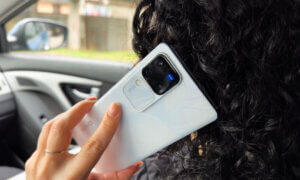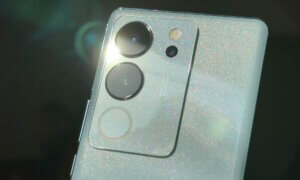Soon, people will be able to take photos through walls, disregarding what we today call “privacy”. The technology is based on Wi-Fi, as a student from the Technical University of Munich recently discovered#fotomagic
For his bachelor thesis, Philipp Holl worked with his academic supervisor, Friedemann Reinhard, to create a device that can take 3D photographs of objects obstructed by walls. The result was so innovative, that it was soon published in the journal Physical Review Letters. The basis of it was none other than Wi-Fi. Yes, the technology we use to get Internet on our devices can be tool needed to capture “holograms”. See, routers scatter microwave radiation through rooms, the signal frequently bouncing off objects, signaling the presence of them.
This means that if capture correctly, they can show the presence and shape of an object from that room, even if it’s impossible to see it with the naked eye. This is not the first time someone has detected moving objects via Wi-Fi. Yet, no one has used this technology to make a 3D hologram of a whole room and the things in it.
Philipp Holl’s method is successful because he uses two antennas. One is fixed and scans the entire environment from that point in space, while the other is mobile and takes in the scene from many different points. Also, the antennas record the intensity of the Wi-Fi signal and its phase, too. Then, the signals go into a computer where a software takes over. It creates many two-dimensional images and then puts them together for a 3D one. Shadows and reflections are caught and registered.
The student’s device is in prototype phase and has a very limited resolution but proves his theory: Wi-Fi can capture a 3D photo. Holl further explained: “If there’s a cup of coffee on a table, you may see something is there, but you couldn’t see the shape […]. But you could make out the shape of a person, or a dog on a couch. Really any object that’s more than 4 centimeters in size.”
Sure, the tech could be used in years to come by agencies that disregard the notion of privacy, but it can also help in dangerous situations, by detecting people trapped in rubble after an earthquake or other natural disaster.
Follow TechTheLead on Google News to get the news first.























